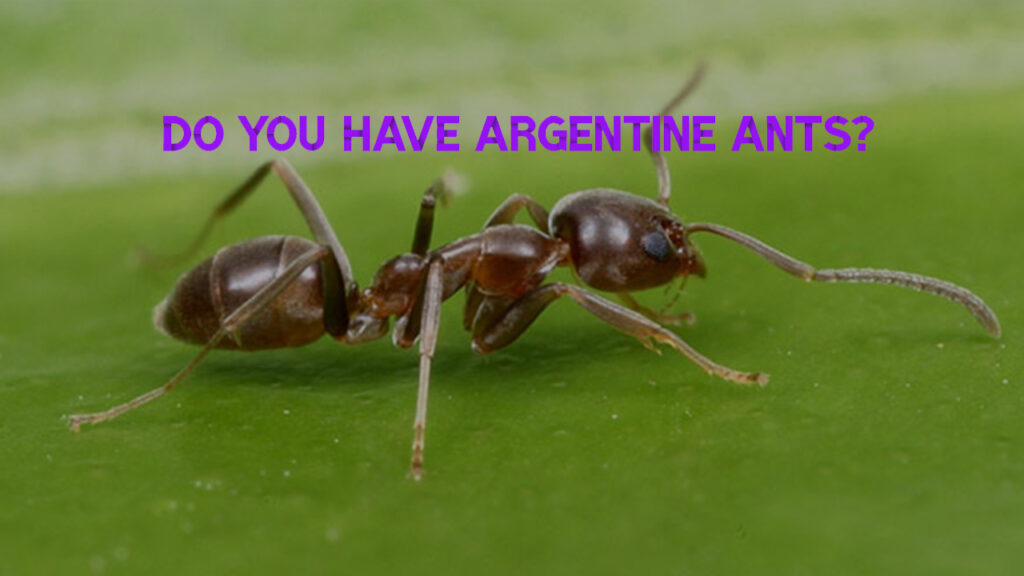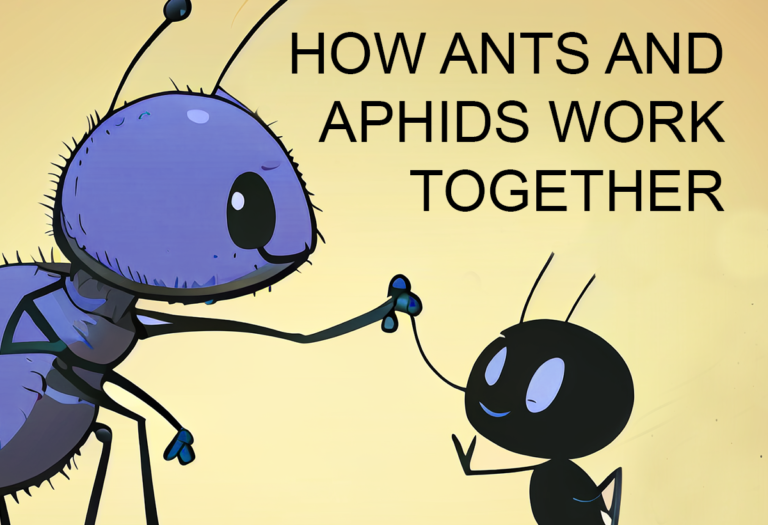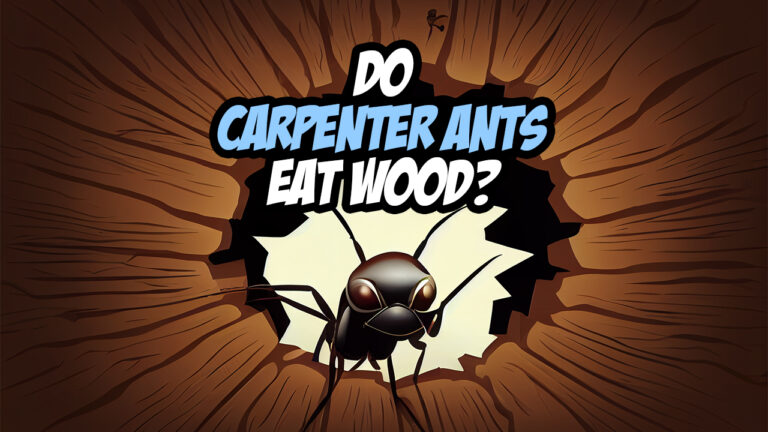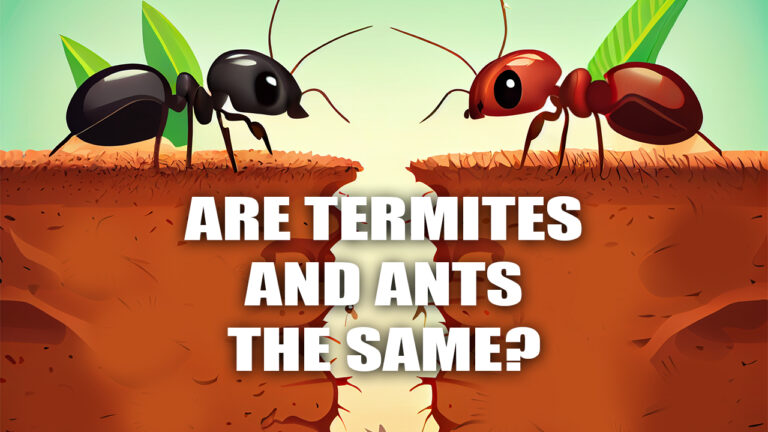Ant Pest Control and the Invasion of the Argentine Ant
To most of us, an ant is an ant, but did you know there are over 100 species of ants that are native to the Bay Area? However, these native ants are being driven out by an invading army of Argentine ants (Linepithema Humile). They’re a large brood, known for creating trails, which means that ant pest control has taken on new dimensions.

How did Argentine ants get here?
The Argentine ant is native to several countries in South America–Argentina (its namesake), Brazil, Paraguay, and Uruguay, mainly in areas surrounding the Paraná River. It loves Mediterranean climates and has migrated with unsuspecting humans to every continent except Antarctica. (You never know when an Argentine ant might be traveling with you.) Australia, Europe, Hawaii, Japan, New Zealand, South Africa, Easter Island, Chile, Colombia, Ecuador, Peru, and the United States all have large populations of Argentine ants. In North America, they’ve established a supercolony that extends from Oregon to Mexico.

How does it take over?
Contrary to what you make think, Argentine ants can attribute their world takeover to their peaceful habits. Other ant species compete, fight, and kill each other. But Argentine ants are mostly friendly ants–to each other at least. (They might bite humans if they feel threatened.) If they meet an ant from the other side of the world, they act like long-lost friends.
A supercolony is the social network of an insect. When an ant is part of a supercolony, it means that it can enter any nest in the supercolony without fear of attack. In 2009, researchers discovered that ants form supercolonies in California, Europe, and Japan were all genetically related, so, in actuality, they really have one global mega-colony (or one big happy family). Argentine ants continue to baffle and surprise scientists with their unusual behavior.
How do you deal with a takeover in your house?
Because Argentine ants operate in droves, humans are not fond of them when they come inside. Kitchens are one of their favorite places since they’re always foraging for food and water. And if there’s a drought, like the one in California, they’re even more eager to seek water inside.
Because each colony has several queens, researchers have had to determine new methods of ant pest control. Spraying them with pesticides has sometimes increased the ant population because it only stimulated the queens to lay more eggs! Baiting them with a slow-acting poison, using their scent against them, and disrupting their trails with synthetic pheromones are several methods that have been more successful.
When you’ve got Argentine ants invading your kitchen, you’re probably gonna need some help–like professional pest control from an ant control expert. If left unchecked, this micro-army will find every crumb and bring their millions of relatives to the feast.
Would You Like to Learn More About Ants?

How Ants and Aphids Work Together for Mutual Benefit
How Ants and Aphids Work Together for Mutual Benefit Ants and aphids have a unique and fascinating relationship that has intrigued scientists for years. These two seemingly unrelated insects work together to achieve mutual benefits, and their collaboration is essential for their survival. The relationship between ants and aphids is a classic example of mutualism,

Do Carpenter Ants Eat Wood?
Do Carpenter Ants Eat Wood? No, carpenter ants do not eat wood. They tunnel into wood to create nests. In doing so, carpenter ants remove wood fibers to create galleries and chambers for their colony. Carpenter ants actually feed on insects, sweets, and other food that is high in protein and carbohydrates. No, Carpenter Ants

Are termites and ants the same?
Are termites and ants the same? “Are termites ants?” It’s a common question that many homeowners may ask themselves when they suspect an infestation of their home. While both termites and ants are insects and share some similarities, they are not the same and belong to different taxonomic ranks. Taxonomic Connection Between Ants and Termites







